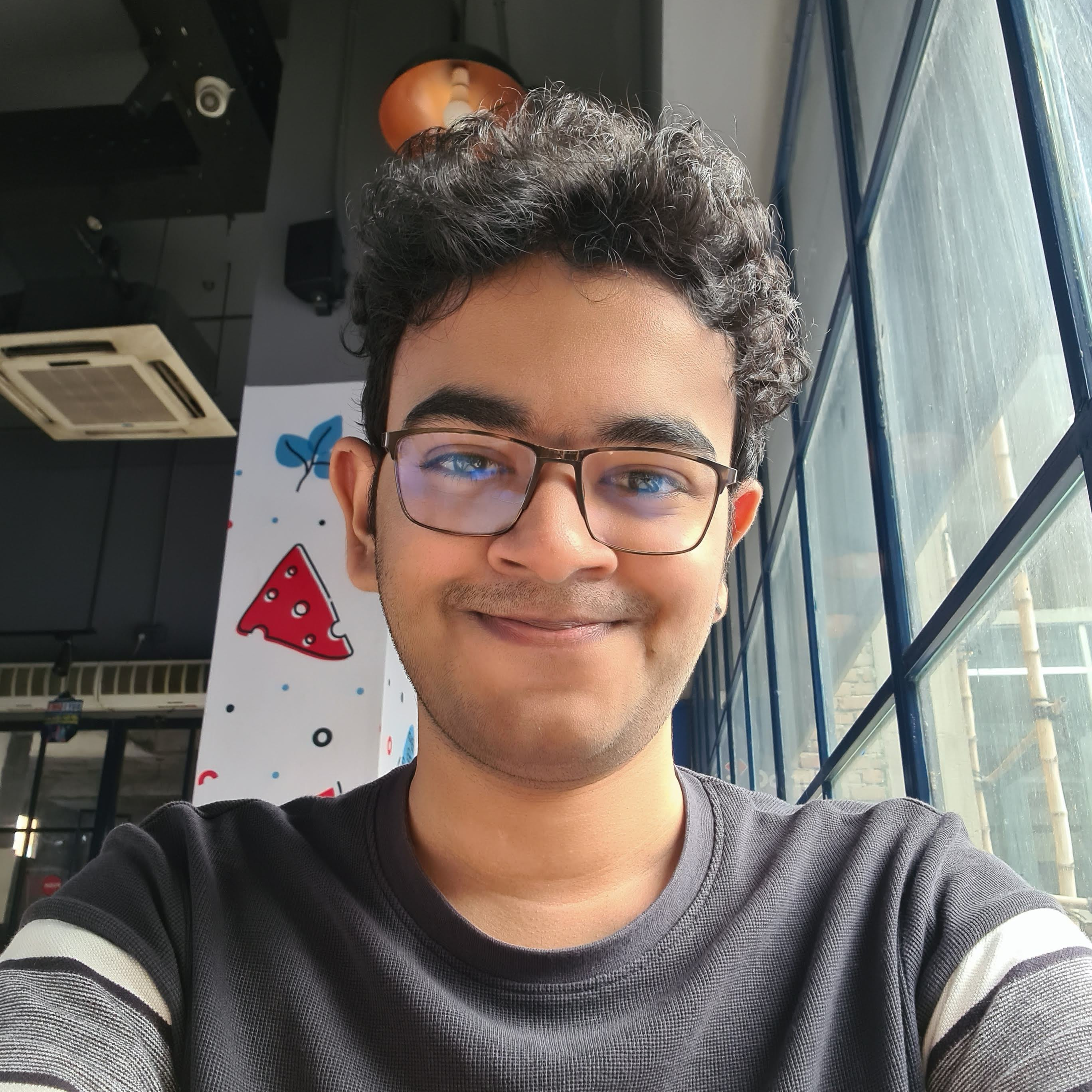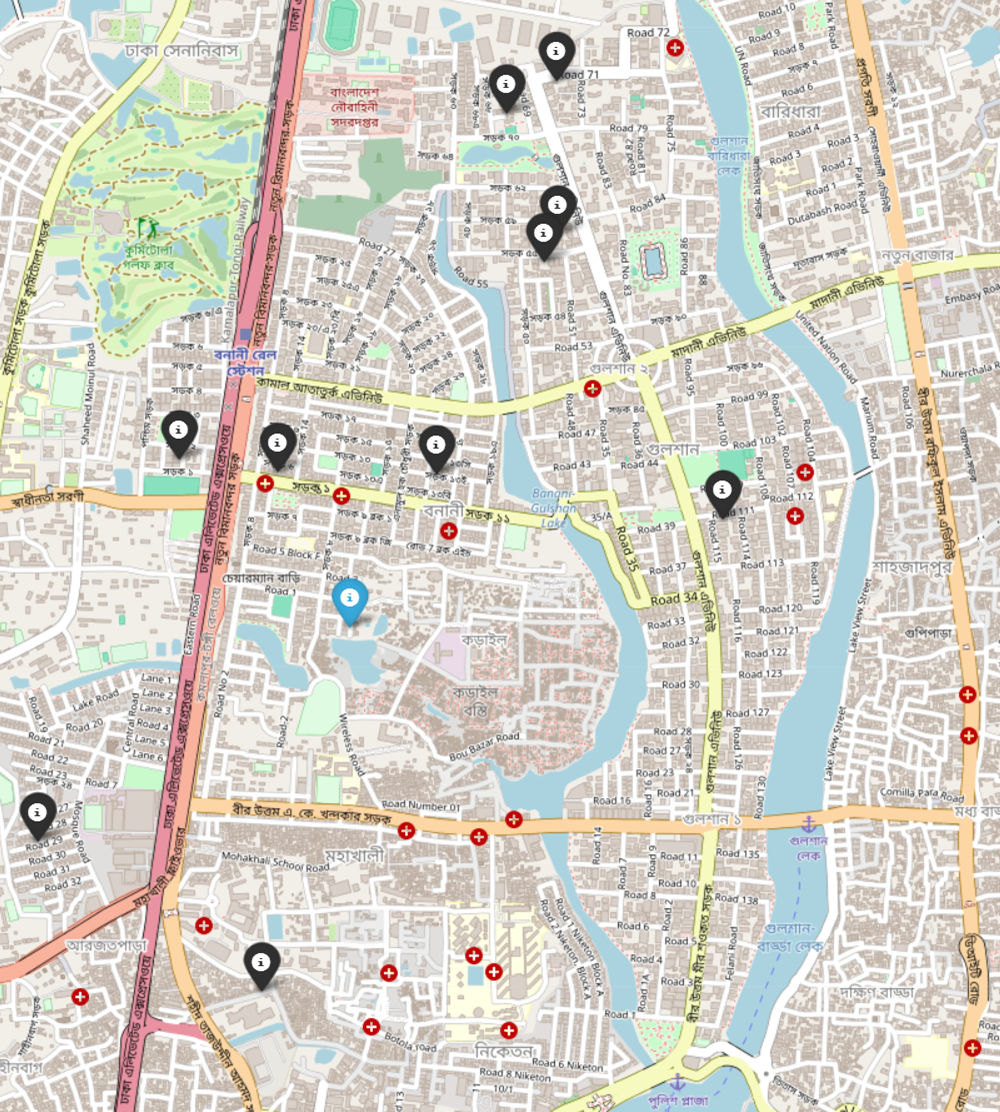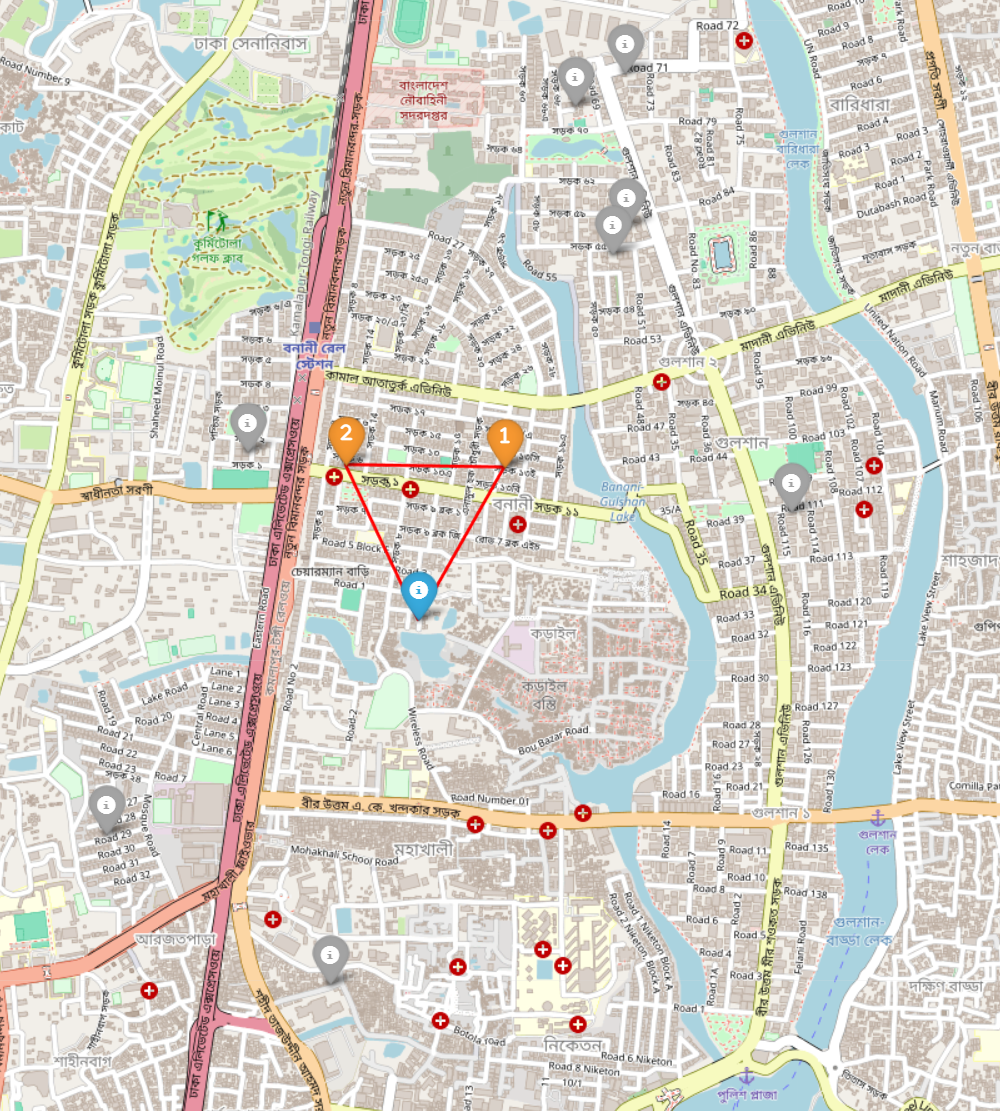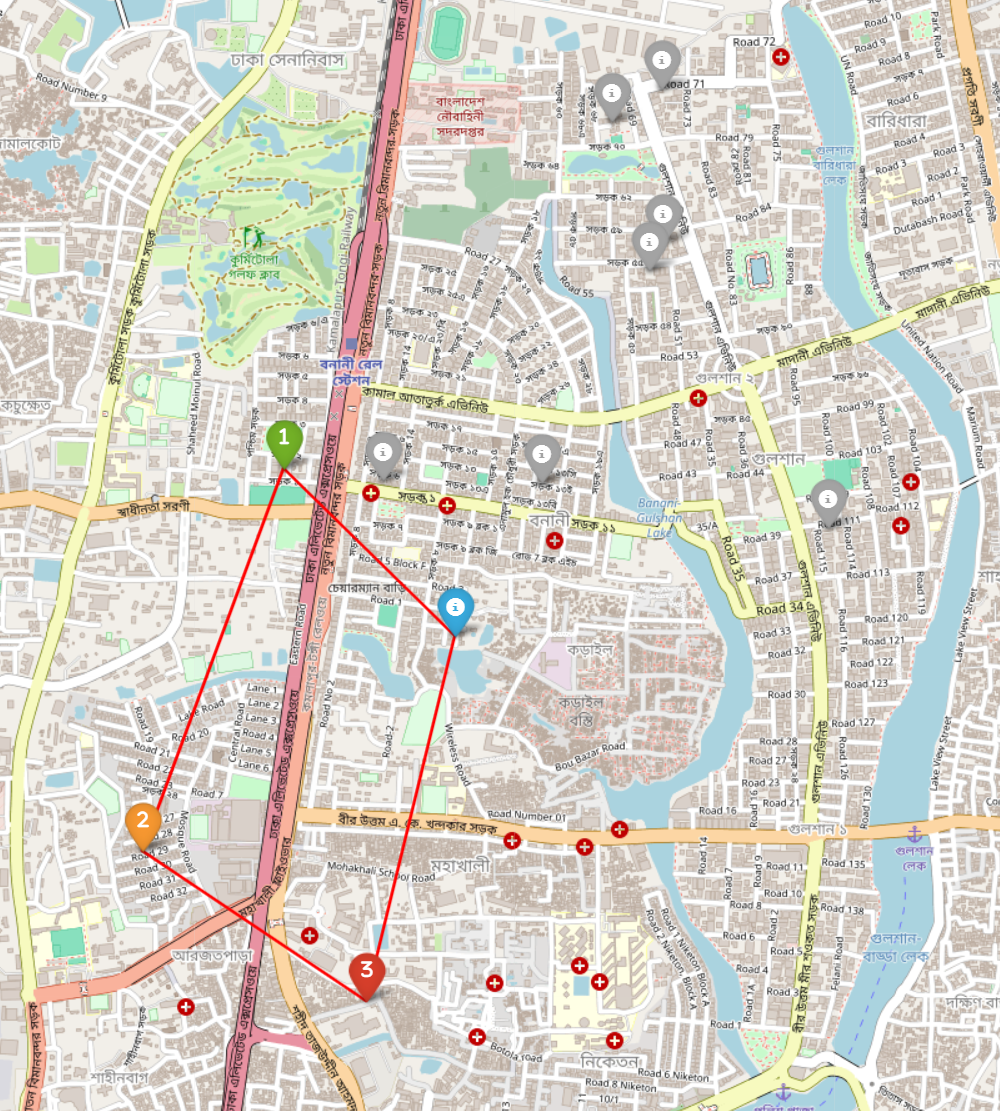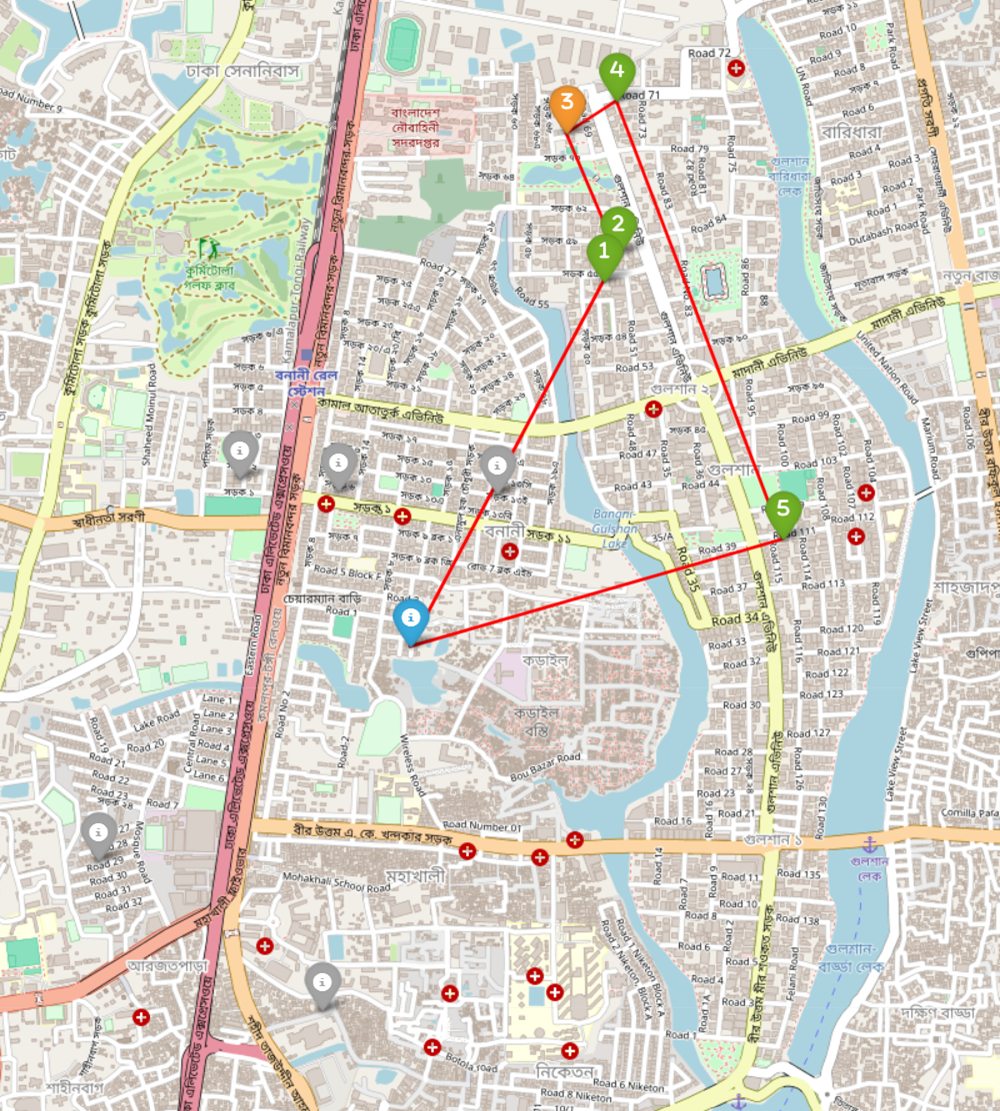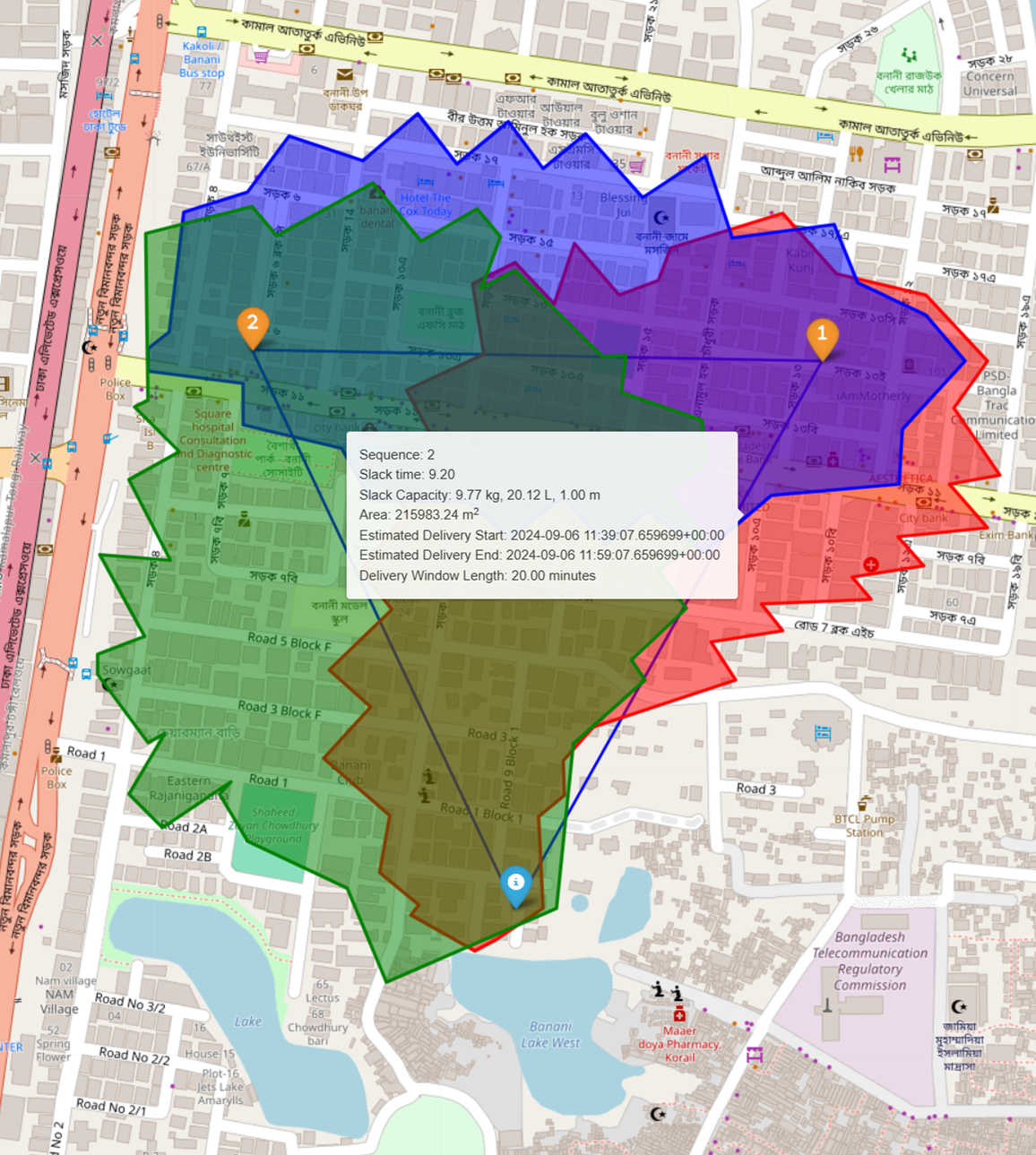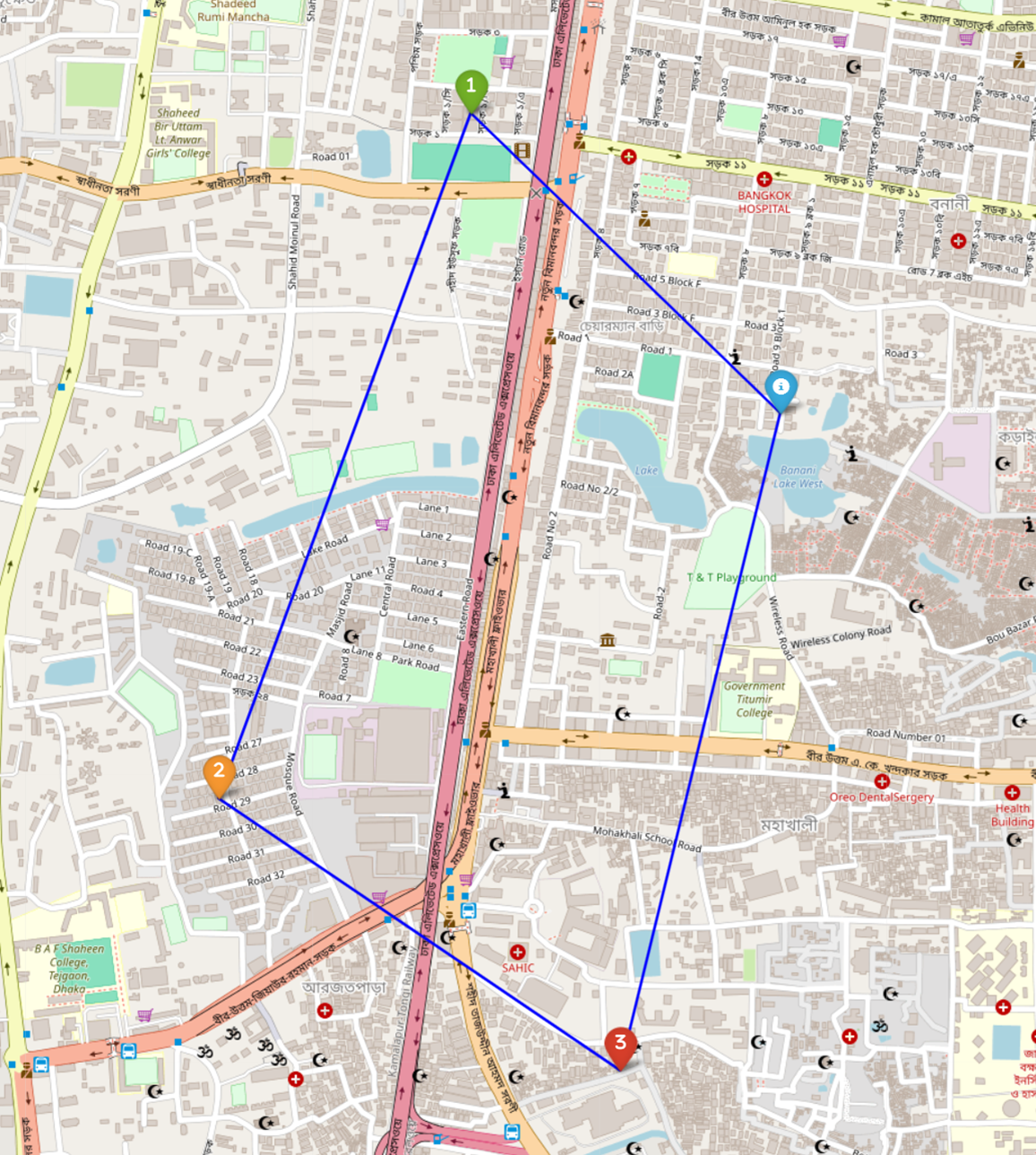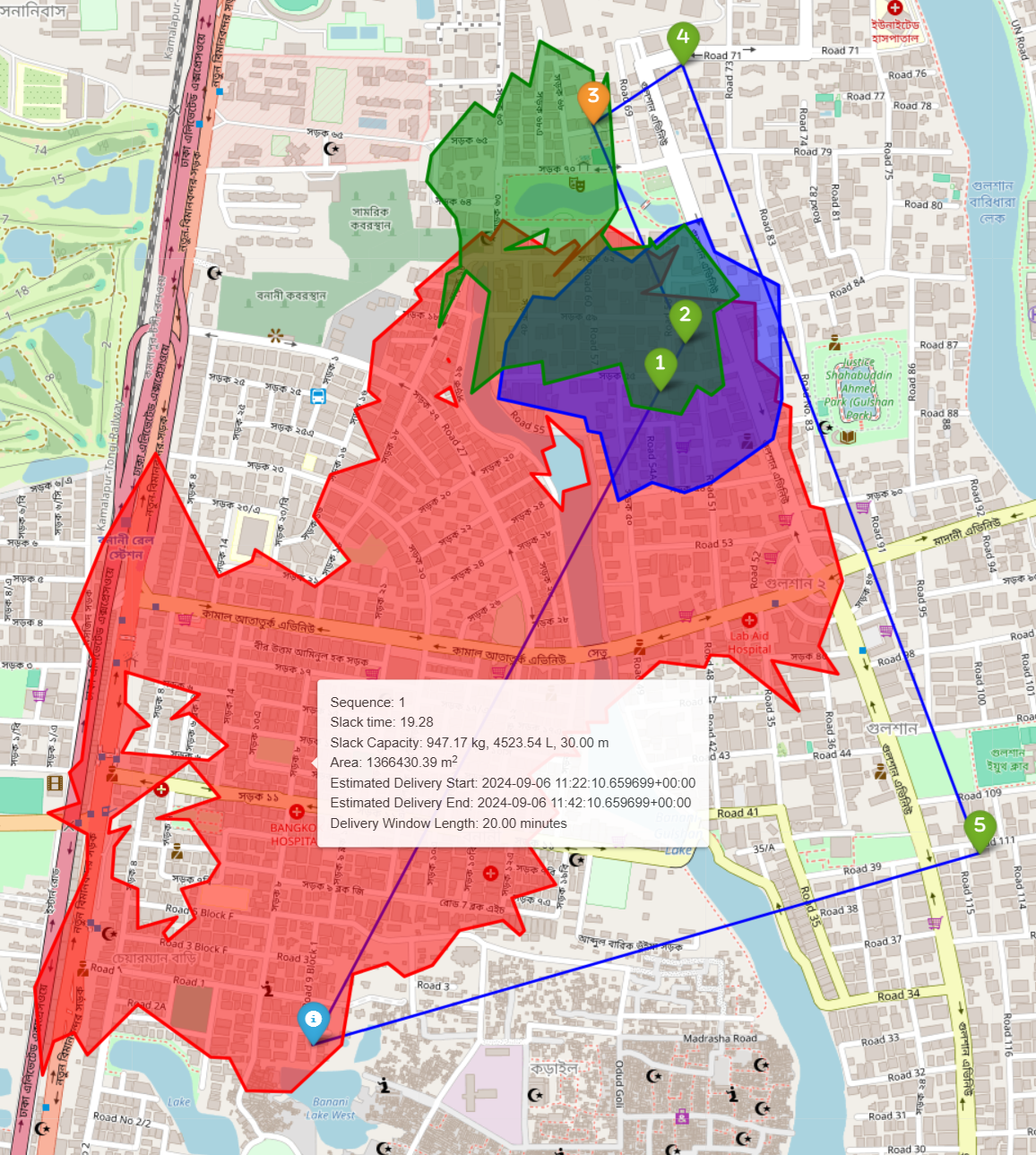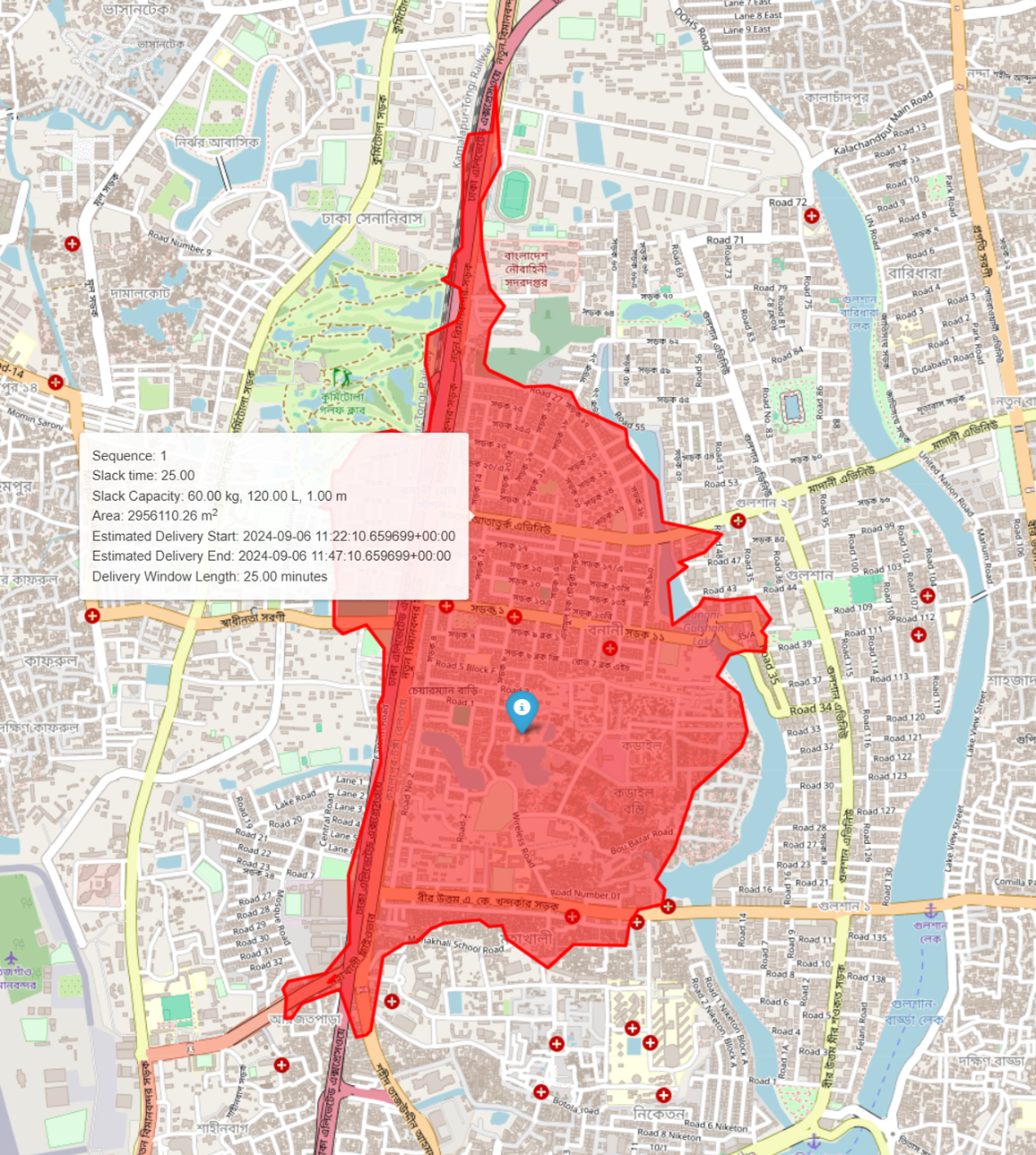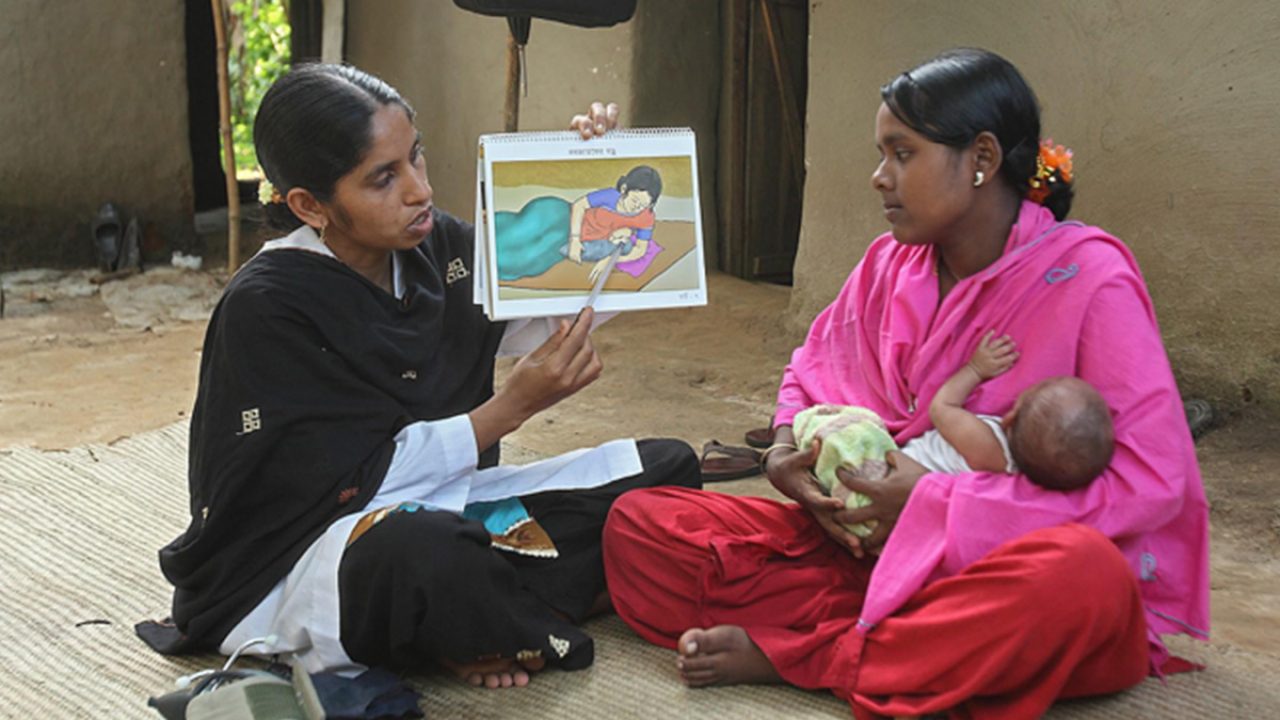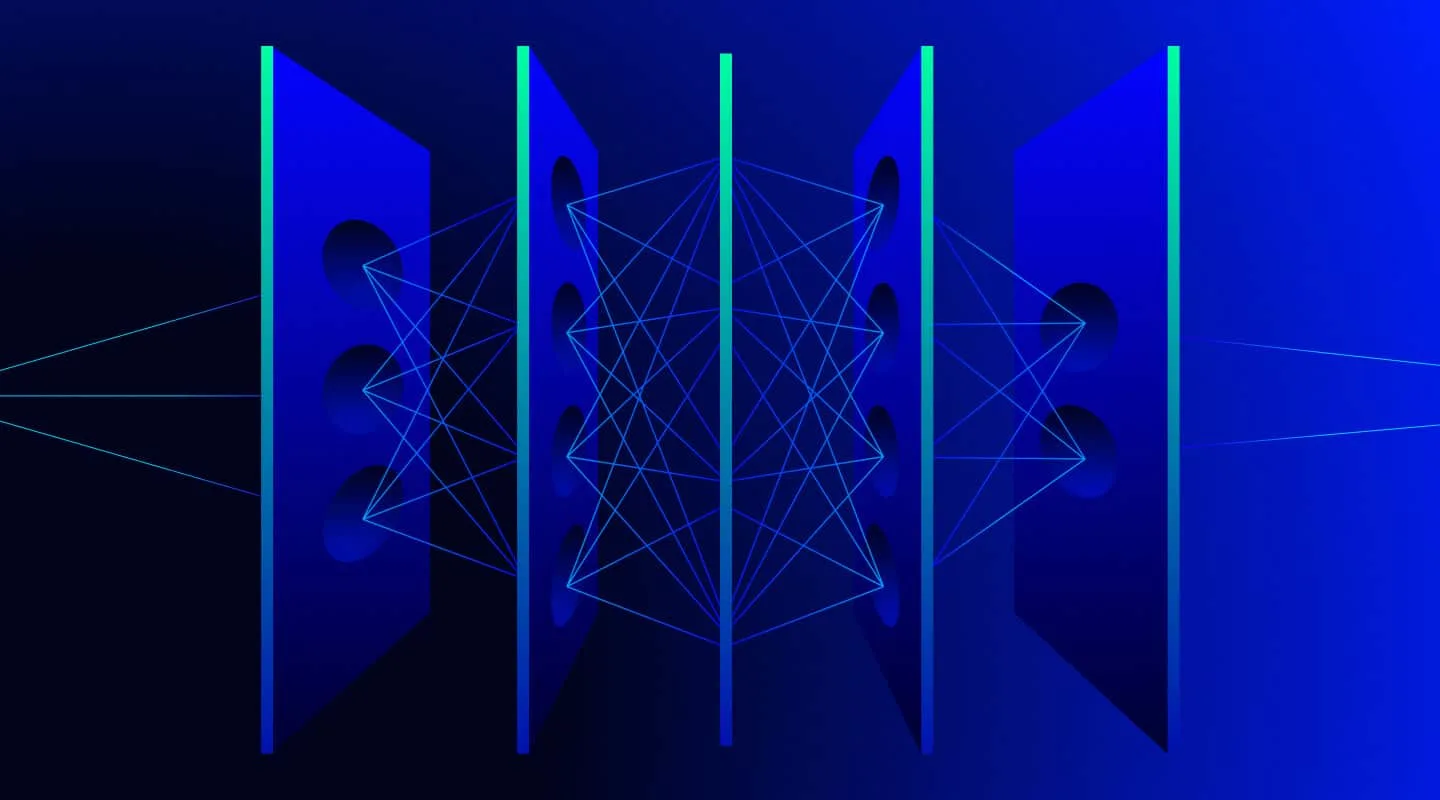Software Engineer & Former Competitive Programmer
Hello, I'm Apurba Saha. I'm currently working as a Software Engineer - Level 3 at Chaldal. I completed my undergraduate degree in
Computer Science and
Engineering from BUET in 2023. I have
over 5 years of experience doing competitive programming and working on various projects, and more
than 1 year of professional experience.
During my undergraduate years, I participated in various programming contests and hackathons. I had the
honor of representing my country in the 45th ICPC World Finals
in Dhaka, Bangladesh, and the 47th ICPC World Finals in Luxor, Egypt. I am rated
Master in Codeforces.
Competitive programming has significantly improved my critical thinking and problem-solving abilities.
I have previously worked on theoretical computer science research to solve the Parameterized String
Matching with Mismatch Tolerance problem. My areas of interest in research are Algorithms
and Systems, including Software Systems, Distributed Systems and Databases.
I am currently exploring Distributed Systems and System Design. I enjoy designing and
building complex systems and feel fortunate to witness the
advancement of technologies.
